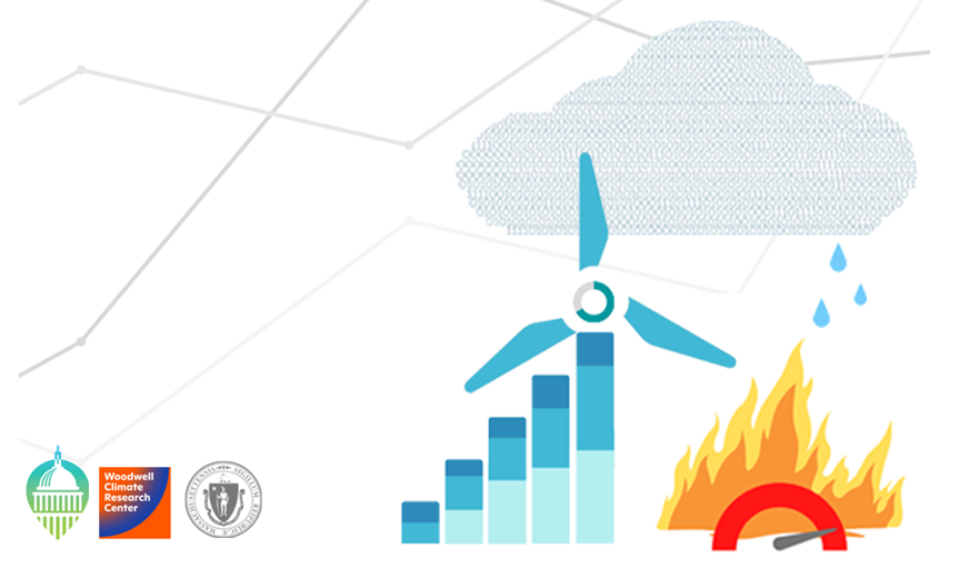Seeing the Dangers Ahead: Climate Risk Series
State Impact Center / February-March 2022 / March 1, 2022

The State Energy & Environmental Impact Center, Woodwell Climate Research Center, and the Massachusetts Office of the Attorney General hosted a hosted a three-part virtual event series that provided essential information and tools that provided essential information and tools to help regulators and advocates understand the latest available public and private data about physical, financial, and transition climate risks, how regulators might address key data gaps, and how to harness climate risk data for government decision-making.
Every facet of our society is exposed to climate change risks. Storms are pummeling state highways and bridges. Heat waves and air pollution stress human health. Wildfires are destroying real estate and bankrupting businesses. And the transition to a clean energy economy means that billions of pension plan dollars invested in fossil fuels are unsafe. In order to chart an equitable transition to a resilient, zero-carbon future, we must first understand how to obtain the latest data about climate risks, learn what the data is telling us about our communities, and decide how to incorporate that knowledge into effective policy and advocacy. With billions of dollars of new federal funding on the way for climate adaptation and an array of new state and federal policies seeking corporate disclosure of climate risk information, the need to better understand climate risk data has never been more critical.
This three-part virtual series seeks to provide essential information and tools to help regulators and advocates understand the latest available public and private data about physical, financial, and transition climate risks, how regulators might address key data gaps, and how to harness climate risk data for better government decisionmaking—from corporate oversight to local adaptation planning and investment.
Events

Part I - Beyond the IPCC: Understanding and Harnessing the Latest Climate Physical Risk Data and Tools
Experts explored the latest climate physical risk data and visualization tools, and explained how a deeper understanding of the data can better equip us to prepare for and mitigate climate risks.

Part II - Risky Business: An Essential Introduction to Climate Financial Risks and the Role of Regulators
This panel provided a primer on climate financial risk, its relationship to physical risk, the role of investors, and opportunities for regulators to advance disclosure standards and industry safeguards.

Part III - Toward Equity and Resilience: Harnessing Climate Risk Information for Better Decisionmaking
Leading experts reviewed best practices and opportunities for affected communities and state and local governments to utilize physical and financial climate risk data to promote resilience and environmental justice, as well as key data gaps and potential strategies to address them.
Resources
Tools, case studies, and other resources from “Seeing the Dangers Ahead: How Regulators and Advocates Can Harness Physical and Financial Risk Data to Tackle the Climate Emergency,” our three-part webinar series on climate risk.
Tools
Physical Risks
Financial Risks
Reports
Articles
Physical Risks
Financial Risks
Resiliency
- Article: Rights, Resilience and Community-led Relocation: Creating a National Governance Framework
- Article: Usteq: integrating indigenous knowledge and social and physical sciences to coproduce knowledge and support community-based adaptation
- Article: Climate-induced community relocations: using integrated social-ecological assessments to foster adaptation and resilience
Case Studies
Physical Risks
Financial Risks
Resiliency
